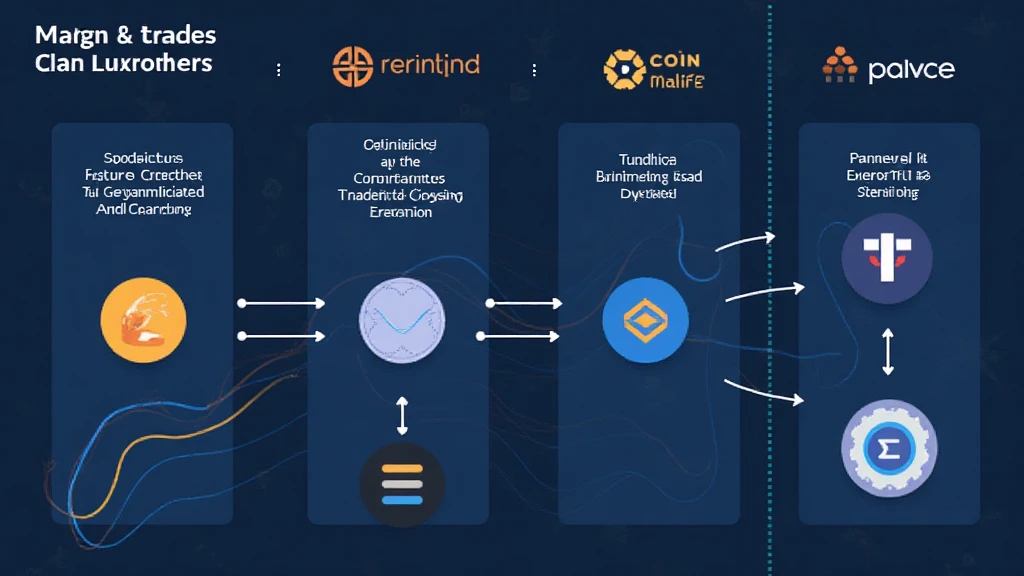Introduction to Crypto Futures on Coinbase
In 2024, the crypto market saw enormous shifts, with losses mounting to $4.1 billion due to various hacks and market volatility. For investors using platforms like Coinbase, understanding how crypto futures work—especially concerning margin calls—has never been more critical. With predictions pointing toward the potential for a bullish market in 2025, this article aims to clear the fog surrounding margin calls and how to effectively handle them.
What Are Crypto Futures?
Crypto futures are financial derivatives that allow traders to speculate on the future price of a cryptocurrency without owning the underlying asset. Here’s a quick breakdown:
- Definition: Futures contracts obligate the buyer to purchase, and the seller to sell, an asset at a predetermined price on a specified future date.
- Benefits: These contracts can hedge against price fluctuations, enable speculation, and enhance leverage opportunities.
- Risks: The volatility inherent in cryptocurrency markets can lead to significant losses, especially when leveraged trading is involved.

Understanding Margin in Crypto Trading
Margin trading is common in crypto futures, allowing traders to borrow funds to enhance their trading position. It involves a few vital concepts:
- Initial Margin: The deposit required to enter into a leveraged position. For example, if you want to trade $10,000 worth of futures, you might need to deposit $1,000 based on a 10% initial margin requirement.
- Maintenance Margin: The minimum equity you must maintain in your futures account to keep your position open, generally lower than the initial margin.
- Margin Call: A notification from the exchange to deposit additional funds or to reduce your position when your equity falls below the maintenance margin level.
How Margin Calls Work on Coinbase
Coinbase operates with specific rules regarding margin calls that users should be aware of:
- Triggering a Margin Call: When the market moves against your position and your equity falls below the maintenance margin, Coinbase will issue a margin call.
- Responding to a Margin Call: Investors can either deposit more funds into their account or close out a portion of their position to meet margin requirements.
- Consequences of Ignoring it: If a margin call is not met, Coinbase may liquidate your position to cover the losses, possibly leading to severe financial repercussions.
Impact of Market Volatility on Margin Calls
The crypto market is notorious for its volatility. In 2025, we should anticipate the following:
- Significant price swings can result in frequent margin calls, especially for leveraged positions.
- The recent trends in market fluctuations highlight the necessity for active monitoring advanced risk management techniques.
- For Vietnamese users, a recent report shows a growth rate of around 45% in crypto adoption, underlining the importance of understanding the risks involved.
Practical Strategies for Handling Margin Calls Efficiently
Being proactive can mitigate the risks associated with margin calls:
- Set Stop-Loss Orders: Prevent dramatic losses by using stop-loss orders which automatically close your position once it hits a certain price.
- Diversification: Spread your investments across various assets to cushion against volatility impact.
- Regular Monitoring: Keep an eye on market trends and adjust your positions accordingly. Utilize tools like price alerts.
Conclusion: Preparing for the Future
In conclusion, the understanding of margin calls in the context of Coinbase crypto futures is essential for navigating the turbulent waters of today’s cryptocurrency landscape. As the market gears up for 2025, investors should equip themselves with the right knowledge and strategies to mitigate risks and take advantage of potential opportunities. Here’s your takeaway: invest wisely, monitor your futures, and always be prepared for the unexpected.
For further insights and in-depth tutorials on crypto trading and enhancing your trading strategy, visit cryptocoinnewstoday.





